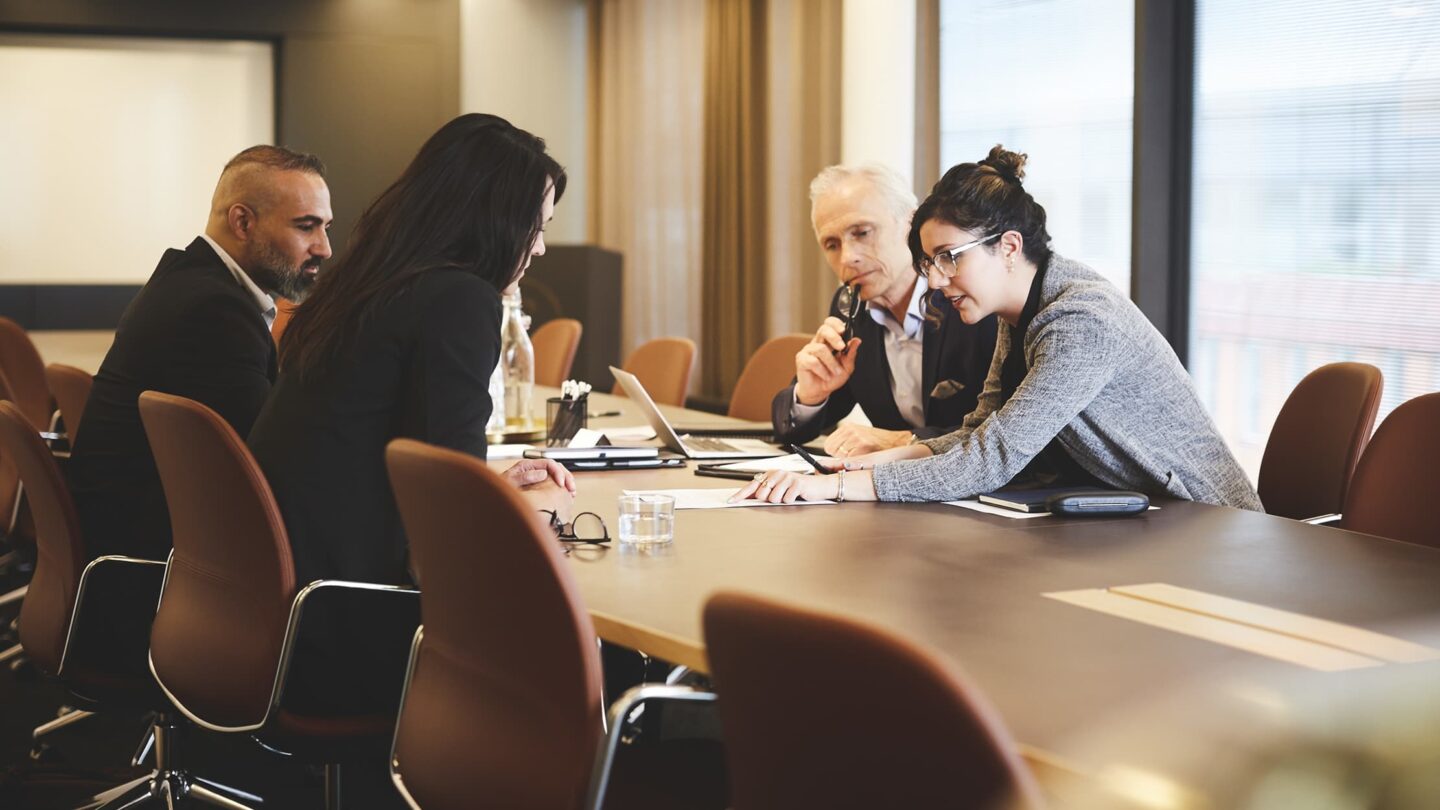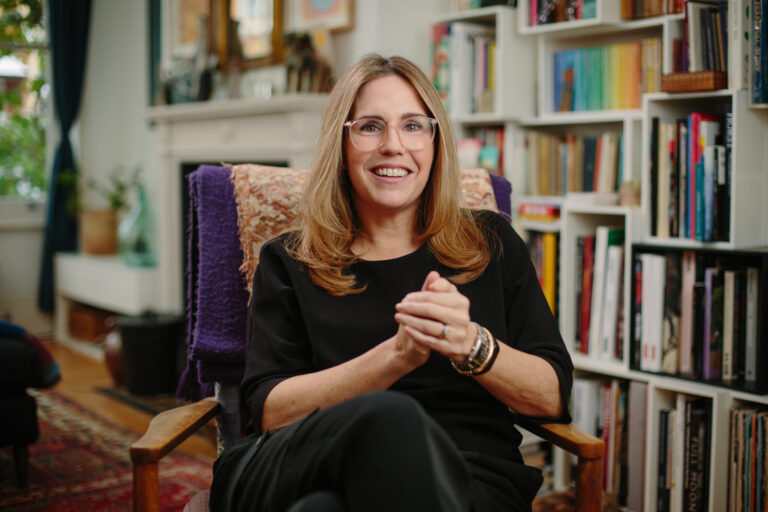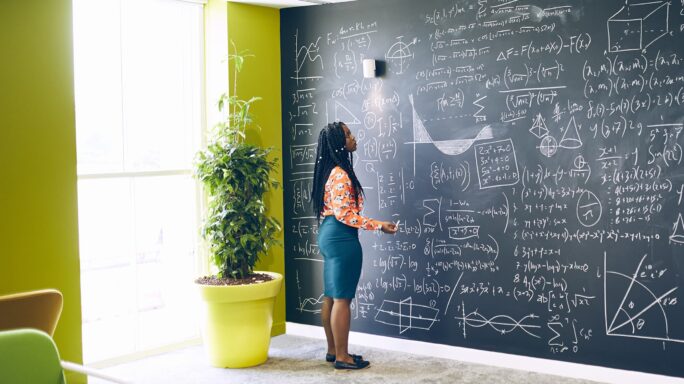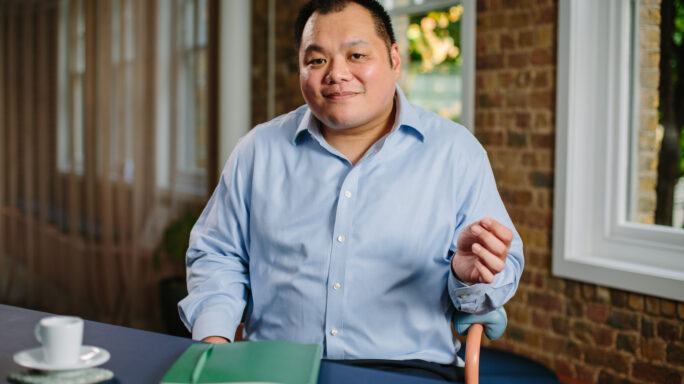Season 3: Building business resilience
Embracing the circular economy

Nature doesn’t do waste. The waste from one kingdom is used by another, and it’s been the same since life on Earth began.
When it comes to starting your sustainability journey as a business, putting a focus on reducing waste, improving the lifespan of products and finding ways to recycle and repurpose materials is a great place to start. These efforts can all be described as circular economy principles.
What is the circular economy?
In her book, Welcome To The Circular Economy, design thinker Claire Potter, provides a great definition of the circular economy as a
“system in which materials and resources loop around, again and again, without loss of quality, though sometimes in different forms. Everything is used, nothing is wasted, and our bin at the bottom is pretty much redundant, as we have found a use for everything we make and use.”
The Ellen MacArthur Foundation explains that in, “our current economy, we take materials from the Earth, make products from them, and eventually throw them away as waste – the process is linear. In a circular economy, by contrast, we stop producing waste in the first place.”
Benefits for a manufacturer
For a manufacturer, finding ways to reduce waste and to incorporate waste into your products is a great way to potentially reduce costs on raw materials, increase revenues with customers and help reduce carbon emissions with your suppliers and customers.
At Interface, we’re a floor manufacturer most known for our carpet tiles. If you’re in Europe or the Americas, there’s a good chance that you have walked over our products recently. In the 1990s we knew that if we used more recycled content, we could reduce the environmental impact of our products. We knew that by increasing the recycled content in our yarn—the fluffy part of a carpet tile—we had a route to reduce the carbon footprint of our carpet tiles.
Find the disrupters
When we approached our main suppliers, they weren’t interested in recycled content as their larger customers weren’t asking for it. So we had to find alternative suppliers who were more forward-thinking and willing to disrupt the status quo. Eventually, we found two smaller suppliers, Aquafil and Universal, willing to explore recycled options.
They both saw the potential in a more sustainable yarn as a unique selling point. Over the next 25 years, they continued to innovate to increase the amount of recycled content in their yarn. Today, Aquafil’s ECONYL yarn comes from 100% recycled yarn that incorporates nylon waste, from swimwear offcuts to car parts to discarded fishing nets.
We needed to look at a different part of our supply chain to find partners able to see where the market would go. And these innovative companies were rewarded as they went onto become our main suppliers, with a shared environmental vision. As we grew, they grew too.
The Circular Office
But what if you don’t make things — what does the circular economy mean for you?
For all companies, a great place to start bringing in circular economy practices is your office. You may be doing a lot of these already—there is a good cross-over between the circular economy principles and what many would call common sense.

Signify
Crown Workspaces Renew Centre
Want to know more?
The Circular Office Guide by Business in The Community provides a great guide for those looking to start thinking about the circular economy, whilst for those looking to step up on their products, the Ellen MacArthur Foundation has a number of great tools and guides whether you work in food, fashion, the built environment or cities.





Leave a comment